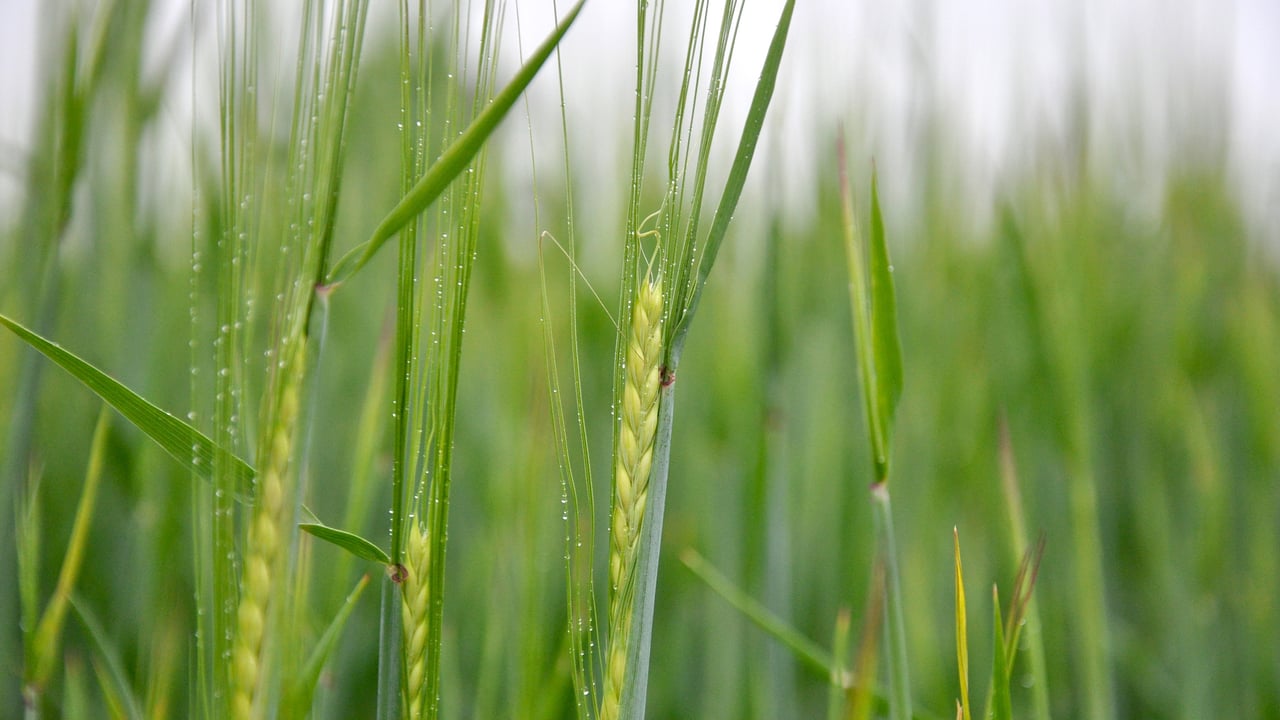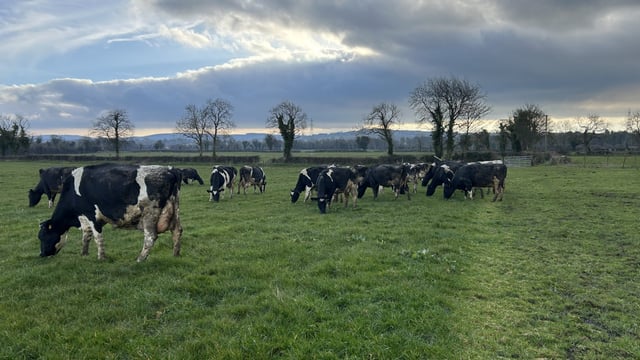Winter barley crops: April is a critical month - Teagasc
Teagasc is confirming that April is a critical month when it comes to the management of winter barley crops and the maximising of yield.
The five-year average of 8.5t/ha is below what many growers would expect to achieve, so timing of key agronomic inputs is crucial.
Where crop nutrition is concerned, the priority for growers is to complete the main split of nitrogen (N), if this has not already been achieved.
The total N requirement at Index 1 status is 180kg/ha. If growers plan to go higher than this, they should consider a third split before growth stage (GS) 32.
But beware - barley does not use late N efficiently and needs its N working before the flag leaf appears.
Significantly, manganese deficiency has been reported again this year and needs attention.
Where disease control is concerned, Teagasc suggest a three-spray fungicide programme. This is most definitely the case where disease levels are moderate or high.
However, many of the newer winter barley varieties have relatively good disease resistance.
As a consequence, many growers will hope to get away with two applications: first spray at GS 30/31 with the second to follow at GS 39/49.
Fungicide options include: Siltra: 0.6L/ha, Navura + Comet one pack to 5-6ha, Elatus Era: 0.8L/ha, or Proline: 0.4L/ha + SDHI (e.g., MacFare Xpro 0.8L/ha)/strob.
Growers should Include Folpet at 1.5L/ha for ramularia control at the second timing.
Where plant growth regulators (PGRs) are concerned, Twagasc is recommending an application on two-row varieties between GS 32 and 37 for effective shortening.
Products here include Terpal: 1.2- 1.5L/ha, Cerone: 0.5-0.7L/ha and Meddax Max: 0.3- 0.5g/ha.
For six-row varieties or two-row varieties on very fertile sites, two applications are generally required.
In this context, growers should consider Moddus: 0.2L/ha + CCC: 1.0L/ha at GS 30/31. This would be followed by the normal timing at GS 32-37.
It is important to watch the weather when applying PGRs as frost will lessen the effect of the products while also increasing the possibility of scorching.
Growers should also avoid complicated mixes, as crops can easily be damaged where there are large swings between day and night temperatures.
Despite the fact that daytime temperatures are relatively high at the present time, the fall-off in heat levels as night time approaches is significant.
This will certainly remain the case until next weekend when much needed rain showers are forecast.





